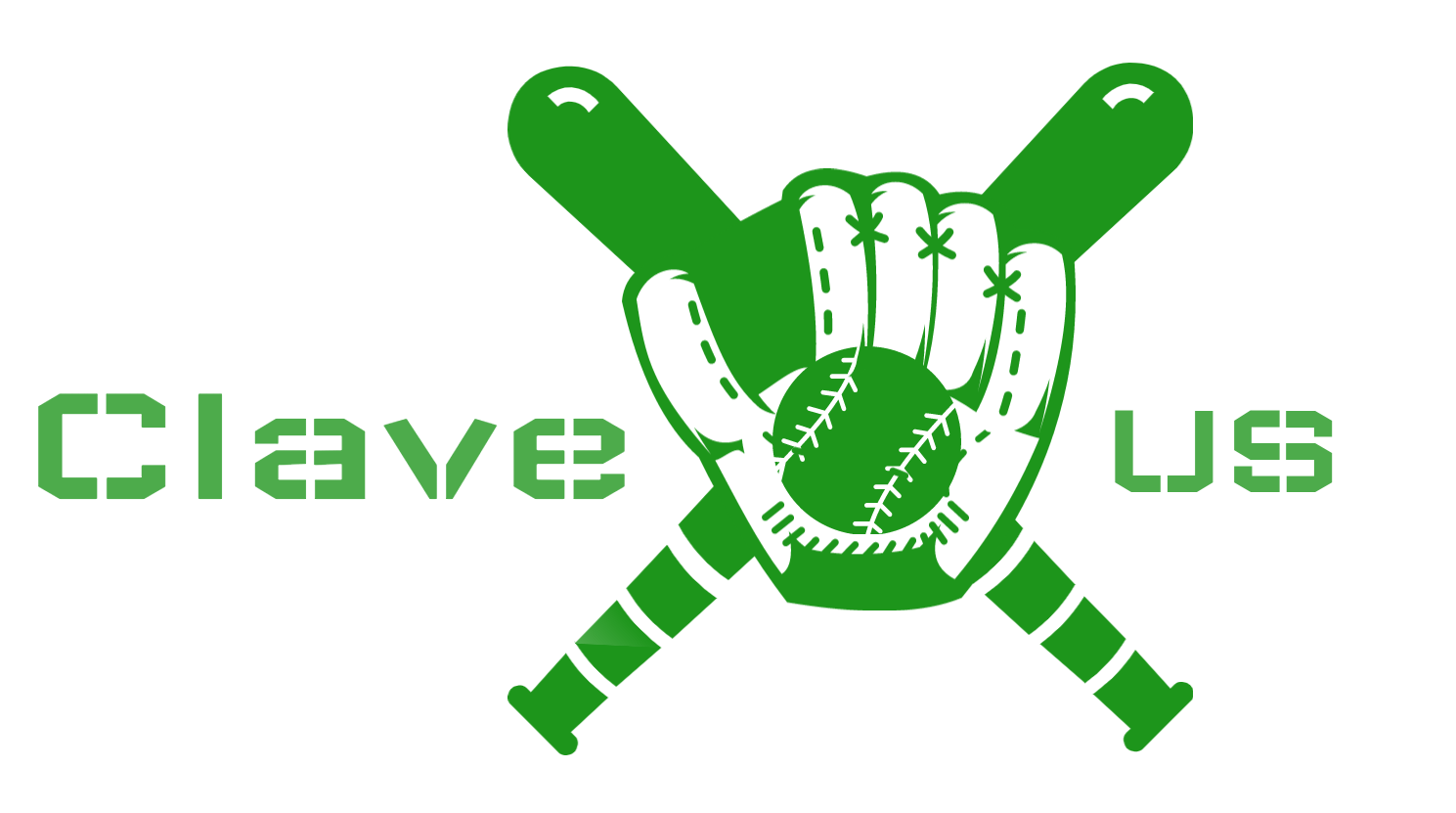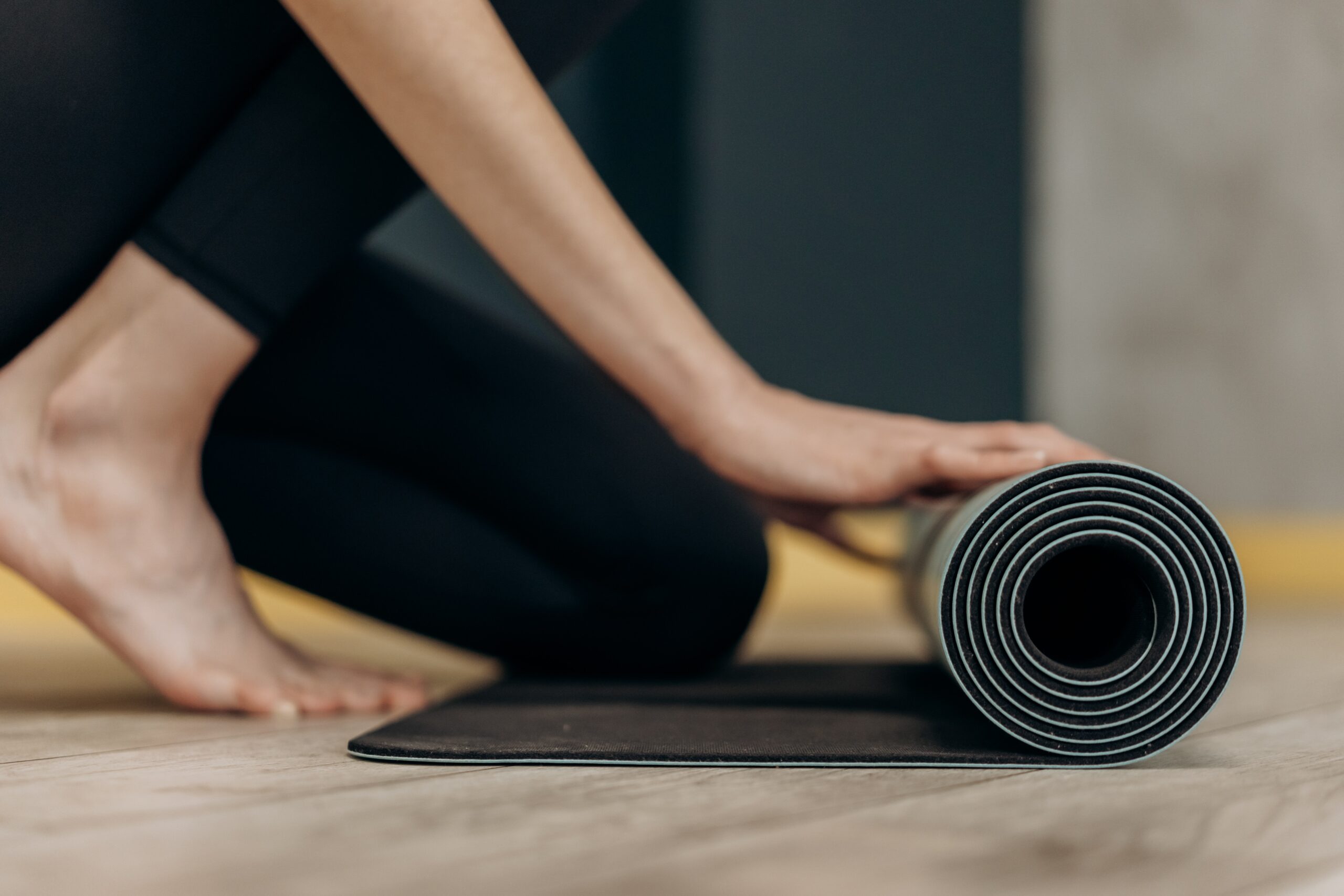Backward Lunges Muscles Worked | Is it better to lunge back and forth?
No doubt backward lunges muscles worked is a popular and versatile exercise surely for strengthening the lower body. However, it works along many muscles in one movement and also provides many benefits. Varying the technique yet it allows you to emphasize different muscles or parts of them.
Typically, backward lunges muscles worked exercises are useful for injury prevention and injury recovery. The lunge (forward or backward) is a great lower-body exercise that offers versatility in both the weakness and the target muscles.
So is it better to lunge back and forth? Consequently, a forward lunge is a dynamic option that normally moves the center of gravity forward. And it is difficult to execute for all skill levels. Alternatively, the backward lunges muscles worked maintains a consistent center of mass. Mainly to maintain a great option typically for working and toning the quads and glutes at all experience levels.
Backward Lunges
Largely, the backward lunges maintain a stable base and even a constant center of gravity at the starting point of the reverse lunge.
A stable base of support, however, allows you to focus on the timing of the muscles and the tension involved. Rather than the execution of the exercises used and yet this can be very useful for people who want to increase the load (i.e. lift a lot of weight during a lunge). Further, implement options to improve leg strength and size.
Backward Lunges Muscles Worked
Merely, the main muscles involved in the back are the hamstrings and glutes, while the quadriceps help as a stabilizing force.
When we back hop, the glutes work to kick back first, then we jump off the back leg, mainly targeting the hamstring. Nonetheless, because of the need for balance during backward lunges muscles worked exercises. Particularly, it involves the small stabilizing muscles of the hips, knees, and ankles.
Especially, this makes lunges one of the best lower-body exercises simply you can do or add to your workout. Because the movements of the exercise are spatially posterior. Thus, there is less attention to the quadriceps and more attention to the glutes and hamstrings. Therefore, the hit on the knee is less.
How To Perform Backward Lunges Muscles Worked?
To perform backward lunges muscles worked, follow these steps:
- Firstly, stand with your feet hip-width apart and your arms at your sides, committing your core.
- Secondly, take a big step back, particularly with your left foot, and slowly lower yourself until your front thigh is parallel to the floor.
- Now push your body back with both legs, keeping your upper body straight. Also, focus more on pressing through your right heel to return to the starting position (lead foot – front/forefoot).
- Repeat the same movement with the right leg (opposite leg).
Lean forward at the beginning of the movement to balance your back leg. As long as you focus on keeping your upper body straight for the rest of the exercise, you’ll be fine.
How to get the result?
Though, the fantasy is simple. To maintain results over time, surely you need to stay on track and be persistent. If you exercise regularly as part of your fitness routine, you will see results ultimately in terms of building muscle mass and shaping your body. In just a few weeks, you can develop lean, toned, and strong muscles and reduce your body fat percentage. Moreover, it may take several months for more visible results.
Perform 2-3 sets of 8-12 reps for each stroke variation. Eventually, if you feel yourself starting to stagnate, simply increase the intensity. By making more difficult variations or by adding more or more weight.
Miracles of Backward Lunges Muscles Worked
The backward lunges muscles worked have all the benefits of a regular lunge but are safer for those who exercise with past or current knee pain. Below is a list of the benefits of backward lunges muscles worked.
Safe for knees
Generally, back lunges are safer for the knees, as they target the glutes, hamstrings, and quads. Compared to the regular forward lunge, the pressure of the back lunge is less. As the tendency of the forward lunge is for the knees to go too far ahead of the toes.
Focus more on hips
Undoubtedly, the back lunge helps you focus more on big glutes. Who doesn’t want strong, big glutes or hips?
Dynamic movement
Back lunges are a great way to warm up and dynamically stretch your muscles.
Easy transportation
Additionally, the front leg holds most of your weight, simply putting additional pressure on the knee and increasing the risk of imbalance. Still, a back throw puts most of the weight on the back leg. It’s much safer and you won’t look crazy if you lose your balance in the gym!
Harms of Backward Lunge
Backstrokes can put more stress on the hips than on the knees when using any form of kicking. Our main goal is usually to strengthen the quads. Contrastly, the reverse lunge focuses more on activating the hip hinge and hamstring muscles.
Forward Lunge vs Backward Lunge
Doing forward lunge calls for more quadriceps flexion or targeting the front leg. Besides goes back with a back kick to apply an even force to the flexion of the front leg stance. Forward lunge exercise is dynamic and backward movement is stable. When we swing forward, our body moves forward and we shift our center of gravity, which makes for a more dynamic stroke than a backswing. Regardless, forward and backward vanes can be loaded at different angles. Verily, forward lunges are harder to execute and therefore harder to charge. Certainly, the backward lunge maintains a stable base of support that allows for additional loading.
Last Thoughts
Finally, the backward lunges muscles worked may be more effective in my opinion. But the added complexity of a forward hook is unnecessary and potentially harmful. Hence, the back lunge is a simple, high-load exercise that can have additional benefits when used to strengthen other exercises.




